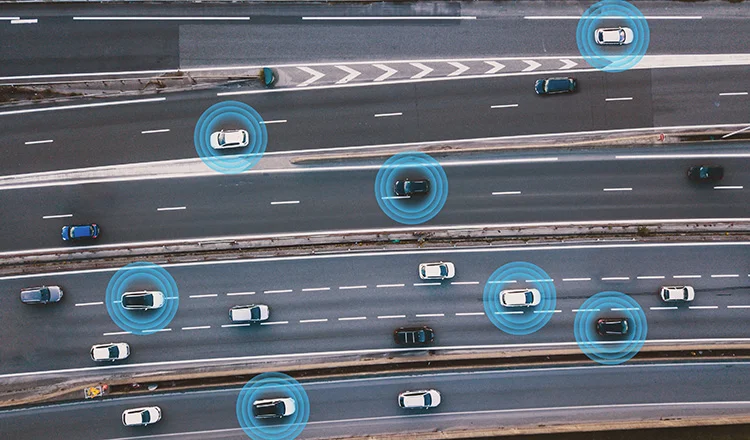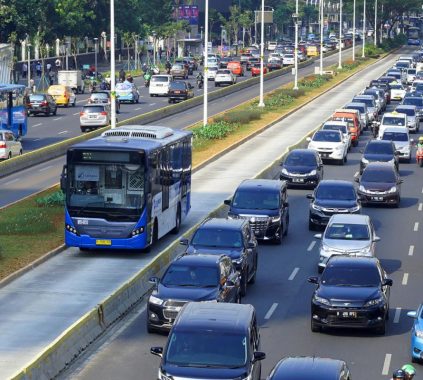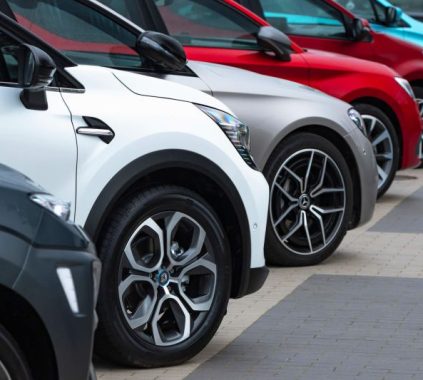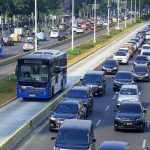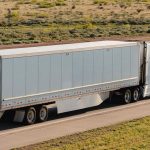The transportation sector is experiencing a seismic shift, driven by innovation and the need to meet environmental, safety, and efficiency demands. As we move through 2024, several technologies are reshaping how we think about travel, logistics, and infrastructure. Here are the top emerging technologies in transportation that promise to define the future.
1. Autonomous Vehicles (AVs) Gain Momentum
Autonomous vehicles, once a futuristic concept, are now becoming a reality. Advances in AI, sensor technology, and machine learning have made self-driving cars more reliable and safer. In 2024, companies like Tesla, Waymo, and Cruise are expanding their fleets of fully autonomous vehicles. These vehicles are being used for ride-hailing, last-mile deliveries, and even autonomous trucking.
The focus this year is on perfecting Level 4 automation—vehicles that can operate without human intervention under specific conditions. This has significant implications for reducing accidents caused by human error, which accounts for over 90% of road crashes globally.
2. Electrification of Transportation
Electric vehicles (EVs) continue to dominate headlines as governments push for cleaner energy solutions. In 2024, the electrification trend extends beyond passenger cars to buses, trucks, and even ships. Companies like Rivian and Volvo are leading the charge in electric freight vehicles, while nations invest heavily in expanding EV charging infrastructure.
Key innovations in battery technology, such as solid-state batteries, are improving vehicle range and reducing charging times. Additionally, wireless charging roads, such as those being piloted in Sweden, are making EVs even more convenient for daily use.
3. Hyperloop Systems: High-Speed Ground Travel
Hyperloop technology, which involves high-speed pods traveling through low-pressure tubes, is inching closer to reality. Spearheaded by companies like Virgin Hyperloop and Elon Musk’s Boring Company, the hyperloop promises to revolutionize intercity travel by cutting travel times significantly.
In 2024, pilot projects in the U.S., India, and the UAE are advancing the testing and feasibility of these systems. While commercial adoption may still be a few years away, the progress made this year is setting the stage for the transportation revolution.
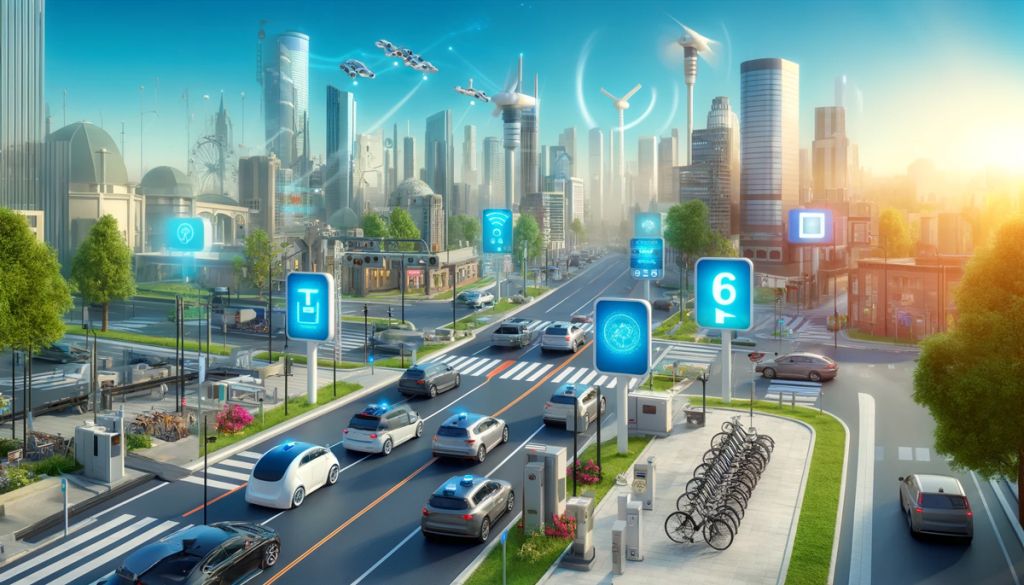
4. Smart Transportation Infrastructure
The rise of smart cities is driving innovation in transportation infrastructure. Smart traffic management systems, powered by IoT (Internet of Things) devices and AI, are optimizing traffic flow, reducing congestion, and improving road safety.
For instance, connected traffic lights that adapt to real-time traffic patterns are being deployed in major cities. Additionally, predictive maintenance systems for bridges and roads use sensors to identify structural weaknesses before they become safety hazards. In 2024, these technologies are enabling more efficient and sustainable urban mobility.
5. Drones for Freight and Passenger Transport
Drones are no longer limited to delivering packages. In 2024, unmanned aerial vehicles (UAVs) are expanding into larger-scale applications, such as freight transport and passenger travel. Companies like Zipline and Wingcopter are scaling up operations for medical and essential goods deliveries.
Urban air mobility (UAM) is also gaining traction, with companies like Joby Aviation and EHang testing air taxis in urban environments. These innovations could significantly reduce urban congestion and transform how people commute within cities.
6. Autopilot Navigation for Agriculture and Logistics
Autonomous navigation systems are finding applications in specialized areas like agriculture and freight logistics. Autopilot systems for tractors and trucks are improving efficiency and precision. These technologies use advanced GPS, LiDAR, and AI to optimize routes, reduce fuel consumption, and increase productivity.
For instance, companies like FJ Dynamics are leading the way with cutting-edge solutions that streamline operations for farmers and logistics providers. In 2024, the adoption of these technologies is expected to grow as they become more accessible and affordable.
7. Hydrogen-Powered Transport
Hydrogen fuel cells are emerging as a viable alternative to traditional batteries, especially for heavy-duty vehicles and long-haul transportation. Hydrogen-powered trains and trucks are already in operation in parts of Europe and Asia, and 2024 is seeing increased investment in hydrogen infrastructure.
The appeal of hydrogen lies in its ability to produce zero emissions while offering longer ranges compared to electric batteries. This technology is expected to complement EVs and play a critical role in decarbonizing transportation.
8. Advanced Materials for Vehicles and Infrastructure
Lightweight and durable materials are enhancing the performance and sustainability of transportation systems. Innovations in carbon fiber composites, graphene, and 3D-printed parts are reducing vehicle weight and improving fuel efficiency.
In infrastructure, self-healing concrete and temperature-resistant asphalt are ensuring longer lifespans for roads and bridges. These materials not only lower maintenance costs but also contribute to more sustainable urban development.
9. AI and Big Data in Transportation
AI and big data are at the heart of many emerging transportation technologies. Predictive analytics are optimizing shipping routes, reducing delivery times, and improving supply chain efficiency. AI-powered driver-assistance systems are also enhancing vehicle safety by detecting and preventing potential accidents.
Big data is playing a crucial role in urban planning, helping cities design smarter transportation networks that cater to growing populations. In 2024, the integration of AI and big data is making transportation systems more efficient and user-centric.
Conclusion
The transportation landscape in 2024 is brimming with innovation, driven by the convergence of AI, electrification, and sustainable practices. From autonomous vehicles to hydrogen-powered trains, these technologies are not only reshaping how we travel but also addressing critical environmental and safety challenges. As these advancements continue to evolve, the future of transportation promises to be faster, cleaner, and more connected than ever before.

